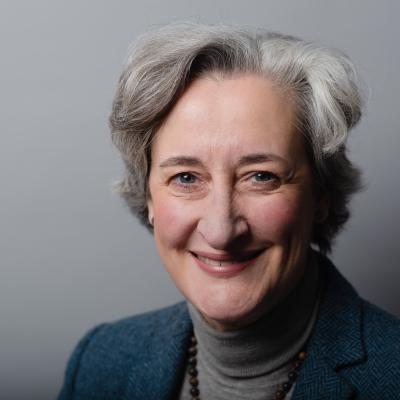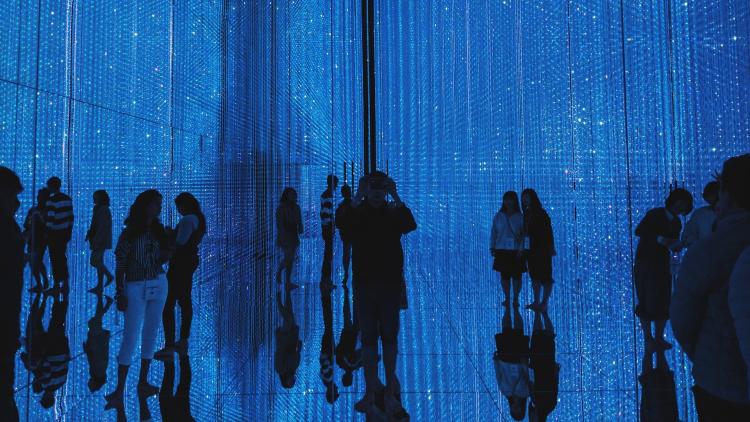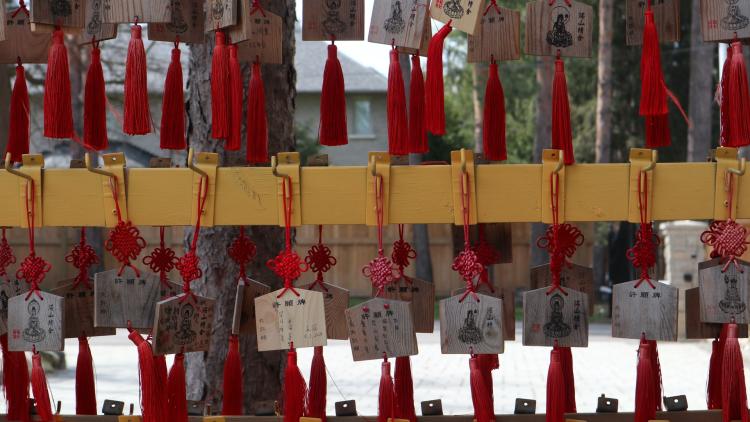Media and Technologies of Art

Key information
- Status
- Module not running
- Module code
- 158100029
- FHEQ Level
- 4
- Credits
- 15
- Department
- School of Arts & Department of History of Art and Archaeology
Module overview
The objects studied by art historians are often encountered in two dimensions as photographs or digital media even when three-dimensional, such as buildings or sculptures.
This module introduces the media, materials and technologies of art history in order to consider how the processes of production of objects affect the evaluation of their meanings and use. Considering the scale, choice and source of material(s), the techniques and tools used to work the object are all issues to be considered in understanding a work of art.
The selection of materials, media or techniques used may raise questions about the status of the object: was the material rare or considered to have sacred properties? Was it difficult to work? Was it only available in certain sizes or shapes? Does the material or technology require special skills to produce or work? Does it enable reproduction? All these issues may be raised by the examination of the materials, media and technologies of art.
Objectives and learning outcomes
- Understand a range of different artistic techniques and technologies of production.
- Identify a range of artistic materials and media including types of stone, metal, paper, cloth, photographs.
- Evaluate the significance of media and technologies to the meanings and function of objects in Asia and Africa.
- Demonstrate a range of skills in visual and literary analysis, research and other study skills for successful academic and vocational pathways.
The learning outcomes for this module are in line with those of the History of Art & Archaeology department as a whole with its emphasis on the analysis of visual and material culture from a range of themes and within an understanding of the social, political, religious and cultural contexts for the production and use of art.
Workload
- Lectures: 1 hour per week
- Seminars: 2 hours per week
Method of assessment
- 750-word object analysis (worth 30% of marks)
- 2,000-word visual report (worth 70%)
Suggested reading
- Jonathan Bloom, Paper before Print: The History and Impact of Paper in the Islamic World (New Haven: Yale University Press, 2001).
- Graham Clarke, The Photograph. Oxford ; New York: Oxford University Press, 1997.
- John Guy, Indian Temple Sculpture (London: V&A Publications, 2007).
- Gülru Necipoğlu and Alina Payne, eds., Histories of Ornament: From Global to Local (Princeton: Princeton University Press, 2016).
- Stacey Pierson, Chinese Ceramics (London: V&A, 2009).
Disclaimer
Important notice regarding changes to programmes and modules.



